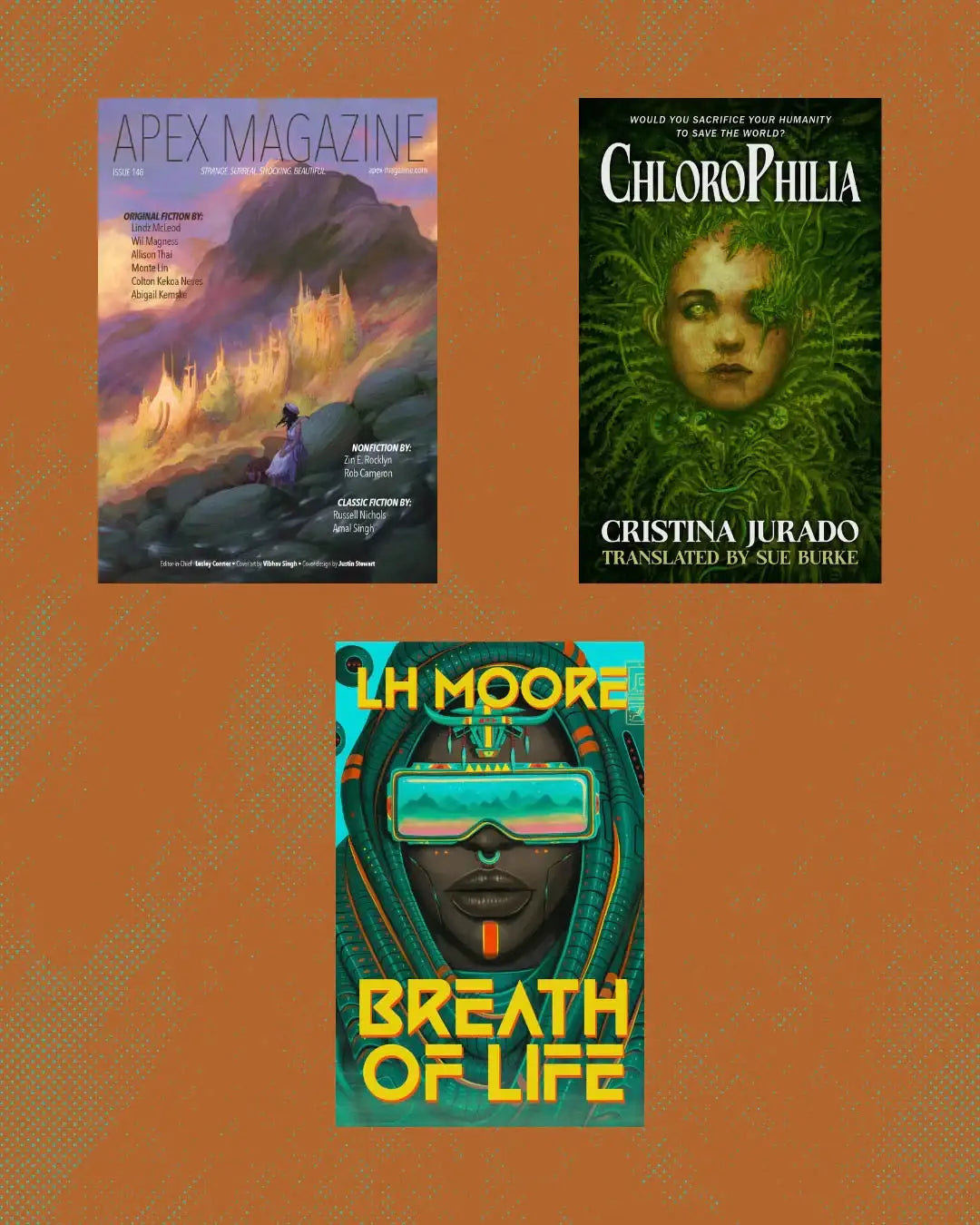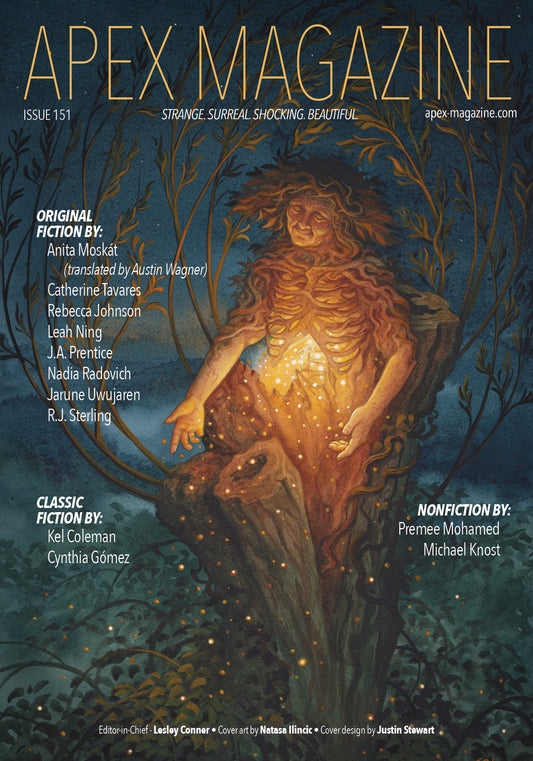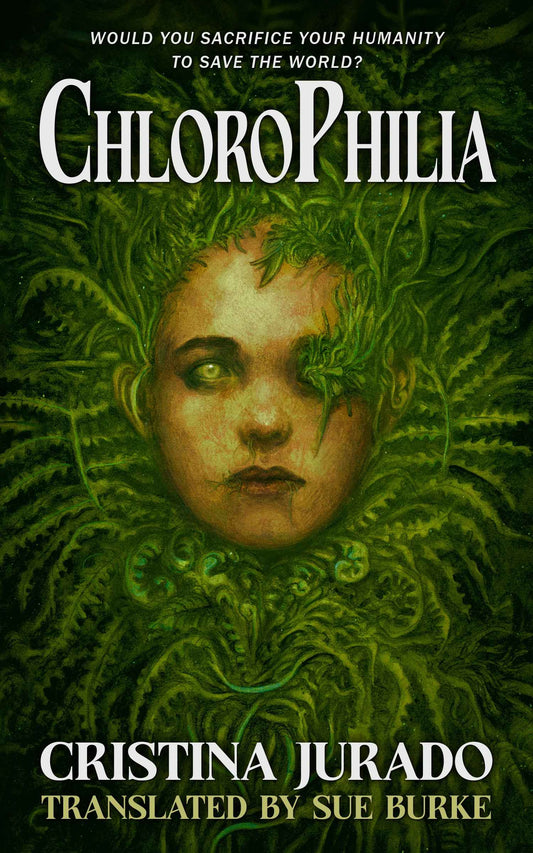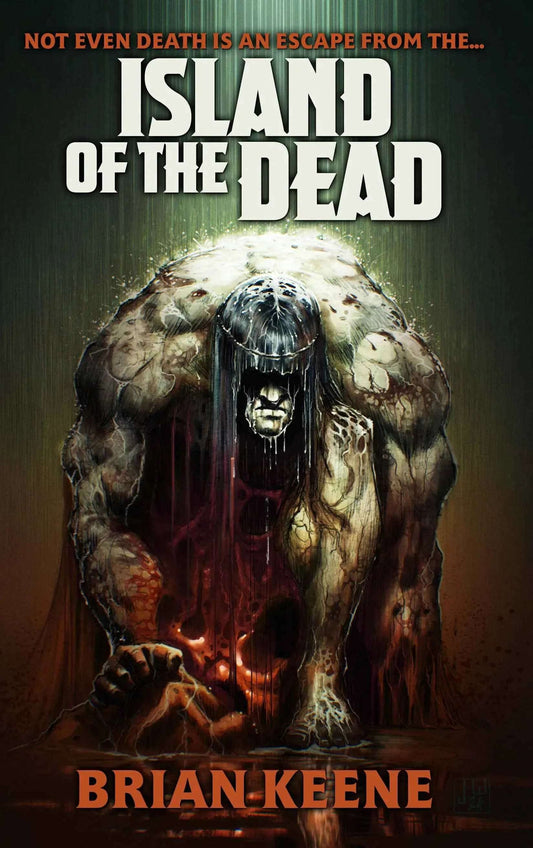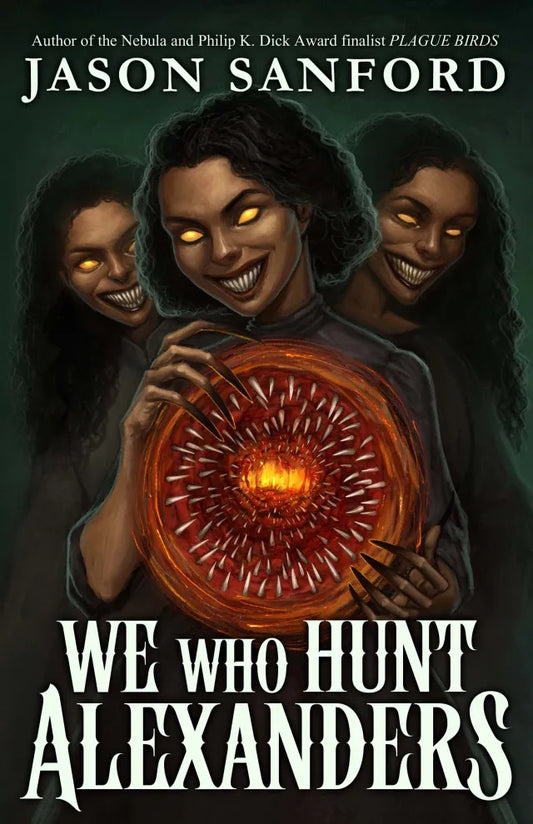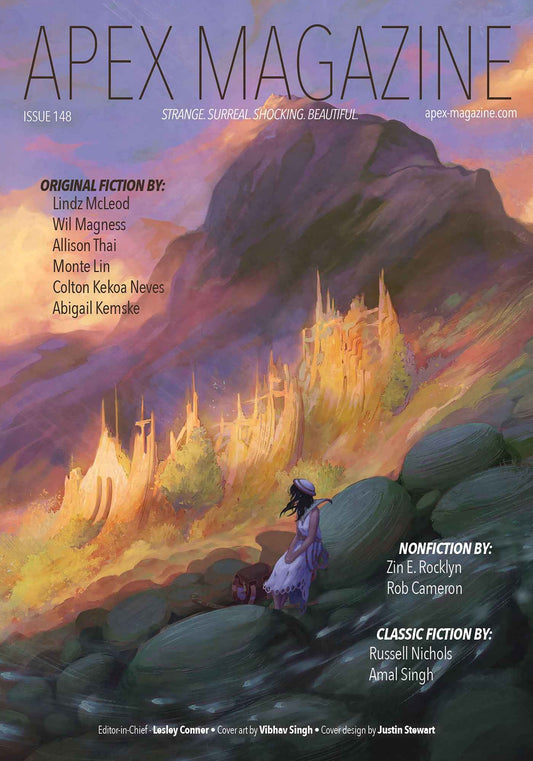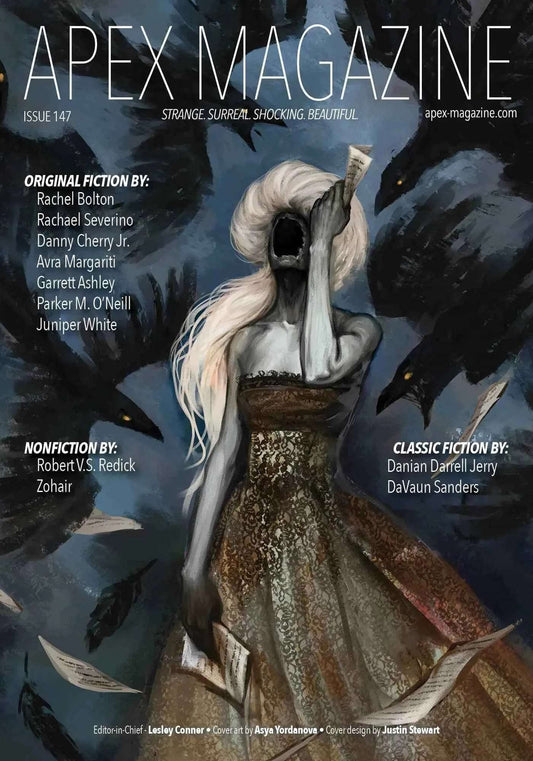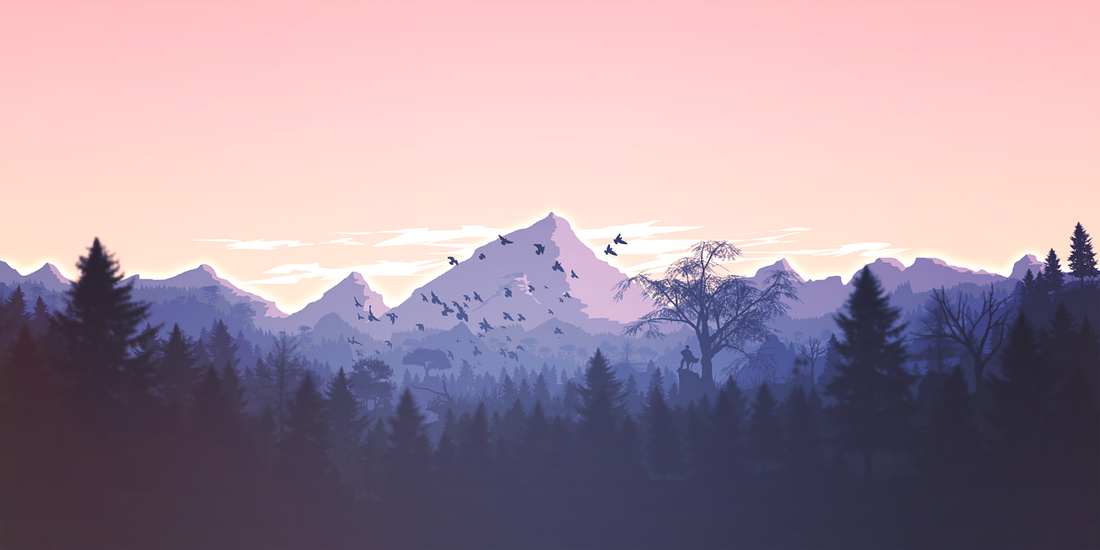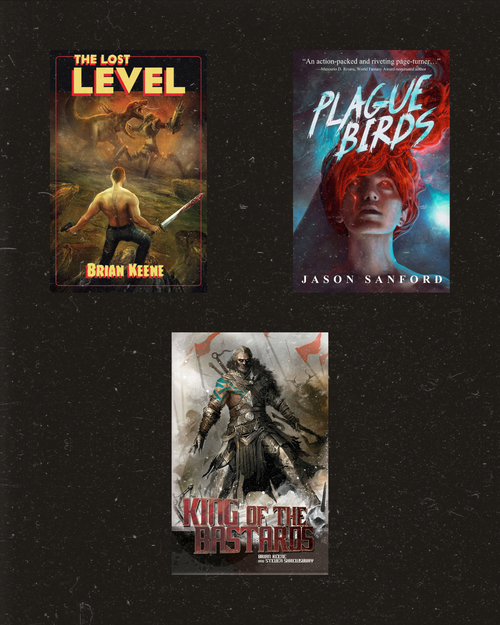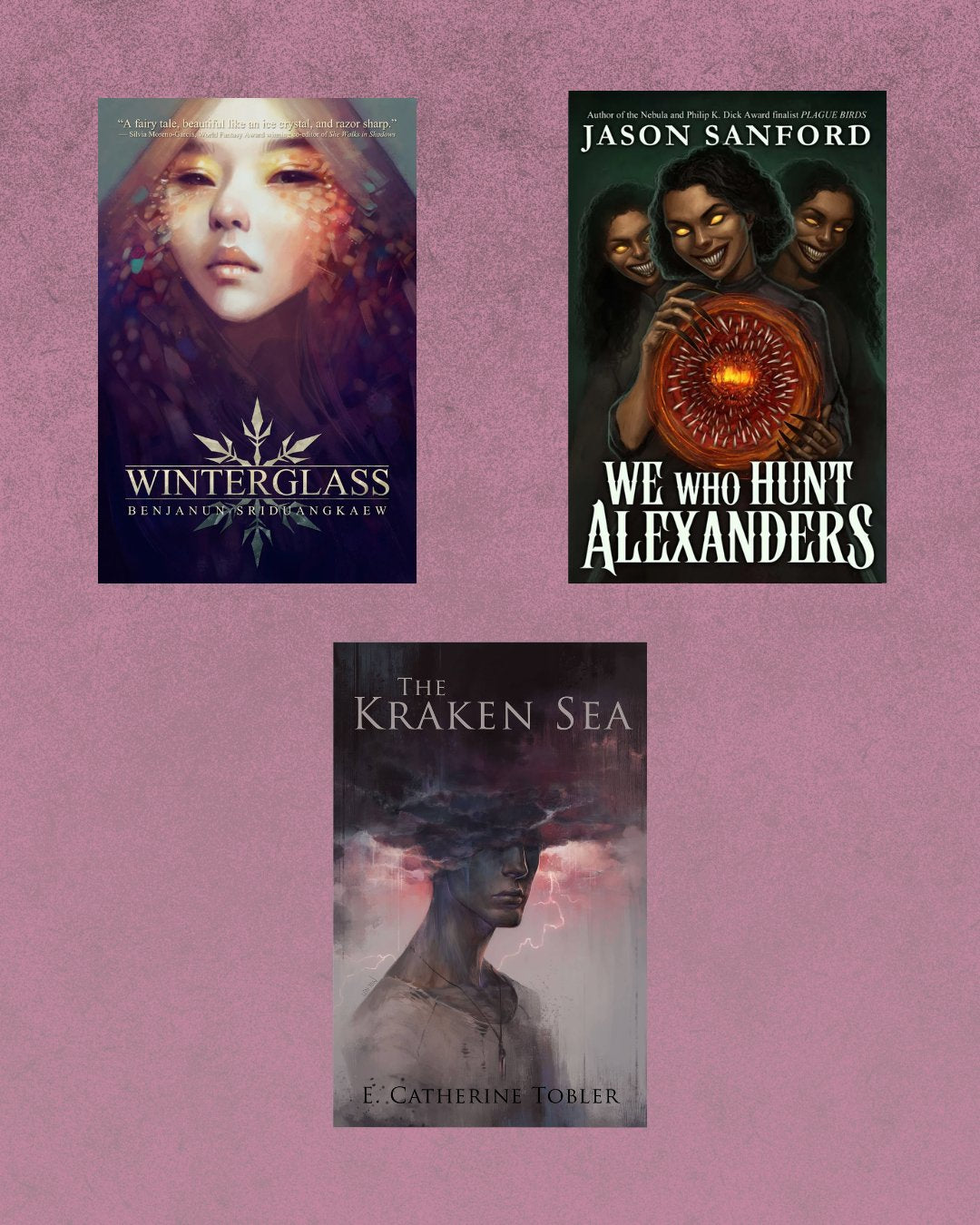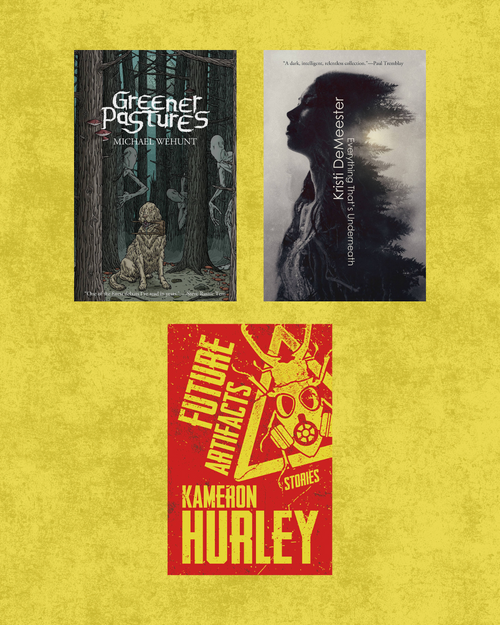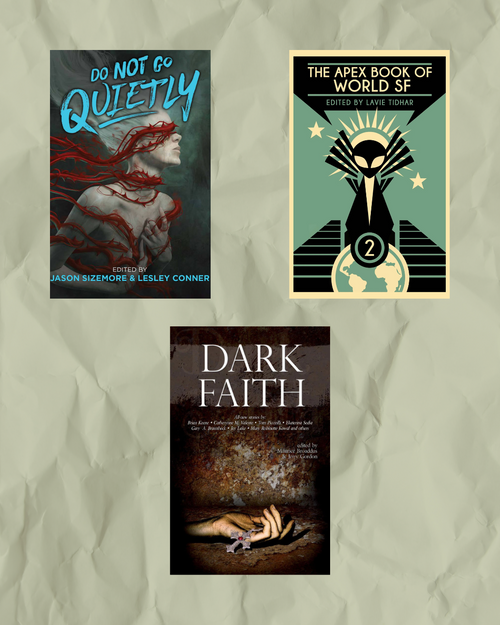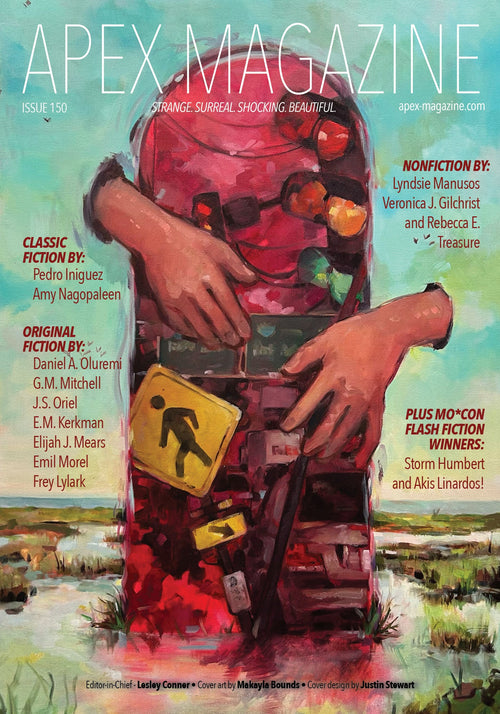Written by Becca Gray
Imagine this: Two characters are standing in a meadow. The ankle-height grass is swaying around them as they walk, and the sun is settling below the horizon for the night. Little bunnies are hopping through the grass in the distance.
"I think I see something over there!" she says, pointing behind a tree in the distance.
"Should we go look?" he asks.
Now imagine it this way: Two characters are standing in a decrepit forest in a nearly pitch black night. Leaves are rustling in the wind and owls coo eerily in the distance. They have the feeling that something is watching them in the dark.
"I think I see something over there!" she says, pointing behind a tree in the distance.
"Should we go look?" he asks.
It's easy to notice the immediate difference in tone. Even when the dialogue and action was the exact same, the setting alone was able to change the same details to convey different things. It likely even added other signifiers in your head, such as the exclamation point portraying excitement in the first one and fear in the second. While the above demonstration is somewhat rudimentary, it nails a concept that adds so much to every piece: setting is important, and even more than that, setting is powerful.
A lack of properly developed setting can actually make or break a piece. If I had only described the above scenarios as a meadow and a forest, it would give you a simplistic idea about what location to picture, but no concrete details to latch onto. Reading something is like playing a little imaginary movie in our minds, and the more powerfully descriptive your setting is, the easier it will be for the reader to be fully immersed in it.
Oftentimes, settings can move beyond their stories. Anytime I see a large, old castle, my brain reminds me of Hogwarts. When someone mentions a fog-covered forest, I think about Bella and Edward speeding through the trees. It extends beyond the highest-grossing books and movies, too. I've had the pleasure of working with a few novels under Apex Book Company, and my brain does the same thing. When I think about Cinderwich by Cherie Priest, I imagine the blackgum tree and the tiny town in Appalachia, and it sends an eerie tingle up my spine like the trailing fingers of ghosts. ChloroPhilia by Cristina Jurado brings to mind images of a futuristic dome structure amid a dead and ravaged world, and I can almost hear the wind wreaking havoc outside the glass enclosure while in the safety of my bedroom. Setting isn't just the location that a story takes place in; it's the feeling behind the entire story.
How do you achieve that feeling of saturating the mood of your story through the setting? Well, simply put, you need to be descriptive. That is a grossly oversimplified statement, but it remains at the heart of setting. The more detail that an author can provide, the closer the reader will feel. The biggest goal is to make your reader feel as if they are within that place, to experience the feeling of their own world falling away as they get lost between the pages. When I find myself fully immersed in a story, I seem to know the minute details down to the color of the carpet or the species of tree that surrounds the characters in the forest. Add every detail that you can think of that will enhance the reader's experience in feeling the setting.
With this in mind, the anthology The Map of Lost Places does a fantastic job in terms of developing settings. The overall premise of the anthology is exploring strange and often magical or mythical happenings in places all over the world. Each story begins with a location and a population, and as each author continues further into the piece, you witness the simple location name from the beginning turn into a living, breathing setting that feels too real for the story to be fictional. The Map of Lost Places takes us from Delaware to South Africa to Norway, and each location feels so distinct from the last that each story feels like a novel in and of itself.
One of my favorite pieces in the anthology is "Codewalker" by G.M. Paniccia, and it does a wonderful job with illustrating how setting can be used in a variety of ways to adhere to the genre of the piece while exploring new modes of setting completely. At the start of the piece, it lists the location as "Amazon Rainforest, Brazil (Simulated," which establishes a tone for the setting with only a few words. The story goes on to explore simulations, video games, and a futuristic world in which humans are connected to essentially any file of information from a chip within them. While the main character's exact location in a geographic standpoint is not elaborated upon, the author uses this unique concept to explore a variety of places through a virtual reality feeling, and the mind-bending crossovers between the character's real world and what he thought was virtual pulls together a fantastic idea of overlapping settings.
Another personal favorite from the anthology is "A Realm Alive After Dusk" by Ai Jiang. It spans across a period of time in The Forbidden City in Beijing, China, but as the plot develops, a second setting is added that elevates the story to a new level and helps tie things together. Setting as a technical term is a combination of time and place, and this piece weaves them together beautifully in a way that felt unique and original, and kept me captivated until the last word.
Sometimes, the setting of a story can act as a fully developed character, and despite its inanimate existence, it can have a direct impact on the other characters. In "Development/Hell" by Samit Basu, the characters morph within the setting of an old house. Despite the many changes of persona and character, everything is rooted back to the house, which starts as a bystander and ends with a powerful position of agency. In the last section, the narrator describes the house as transforming, breathing, blossoming into a new variant. The house is described as having the agency to keep or release those who enter it. Giving power and agency to the setting of your story is a great tactic in horror, especially when something seemingly inanimate begins to display sinister intentions, and Basu executes it beautifully.
Setting is more than just words on a page to describe time and location. It's a feeling, an immersive experience for the reader, a special place to retreat to when the real world is not what you want it to be. Without setting, our favorite stories would be characters acting in a void, but with setting, they turn into characters exploring newly discovered magic or taking down a corrupt government. In all fictional writing, setting is the breath of life.
#
Becca Gray is a recent graduate from the University of Kentucky with a degree in English, and her career aspirations are in editing and publishing in the book industry. She currently lives with her family in North Carolina. When she's not scheming up plans for a fantasy novel, she can be found cuddling her little dog, Sid, or binge-watching K-pop videos with her friends. She was an intern at Apex for a year prior to graduating.
